

































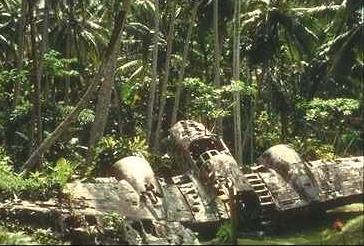 If you were unexpectedly stranded in a wilderness environment then your chances of survival would be significantly enhanced if you had three common items in your possession. This assumes you are not stranded in a barren wasteland, or in a frozen snow covered wilderness, or in a hot barren desert. Each of these situations would require a unique set of additional items.
If you were unexpectedly stranded in a wilderness environment then your chances of survival would be significantly enhanced if you had three common items in your possession. This assumes you are not stranded in a barren wasteland, or in a frozen snow covered wilderness, or in a hot barren desert. Each of these situations would require a unique set of additional items.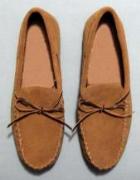
 |
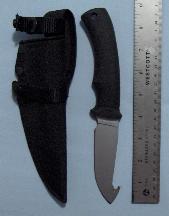 |
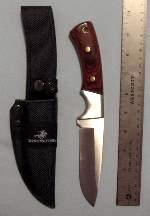 |
 | |
| Buck Gut Hook ($42) | Gerber Gut Hook ($45) | Winchester Basic ($16) | Winchester Folding ($16) |

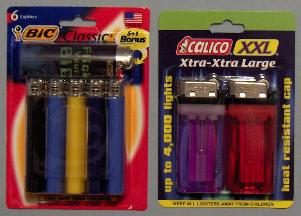 |
 |
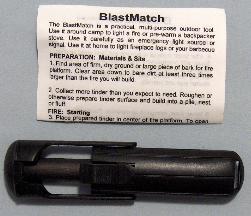 |
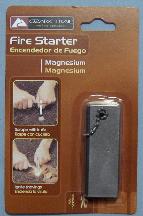 | |
| Butane Lighters (Standard & Hi-Capacity) | Kitchen Matches ($1/Box) | Blast Match ($15) | Magnesium Unit ($7) |
 The "Coghlan's Six Function Whistle Compass" shown in the picture on the right can be purchased at some Army Navy Surplus Stores for approximately ten dollars. It contains all of the following items:
The "Coghlan's Six Function Whistle Compass" shown in the picture on the right can be purchased at some Army Navy Surplus Stores for approximately ten dollars. It contains all of the following items:
